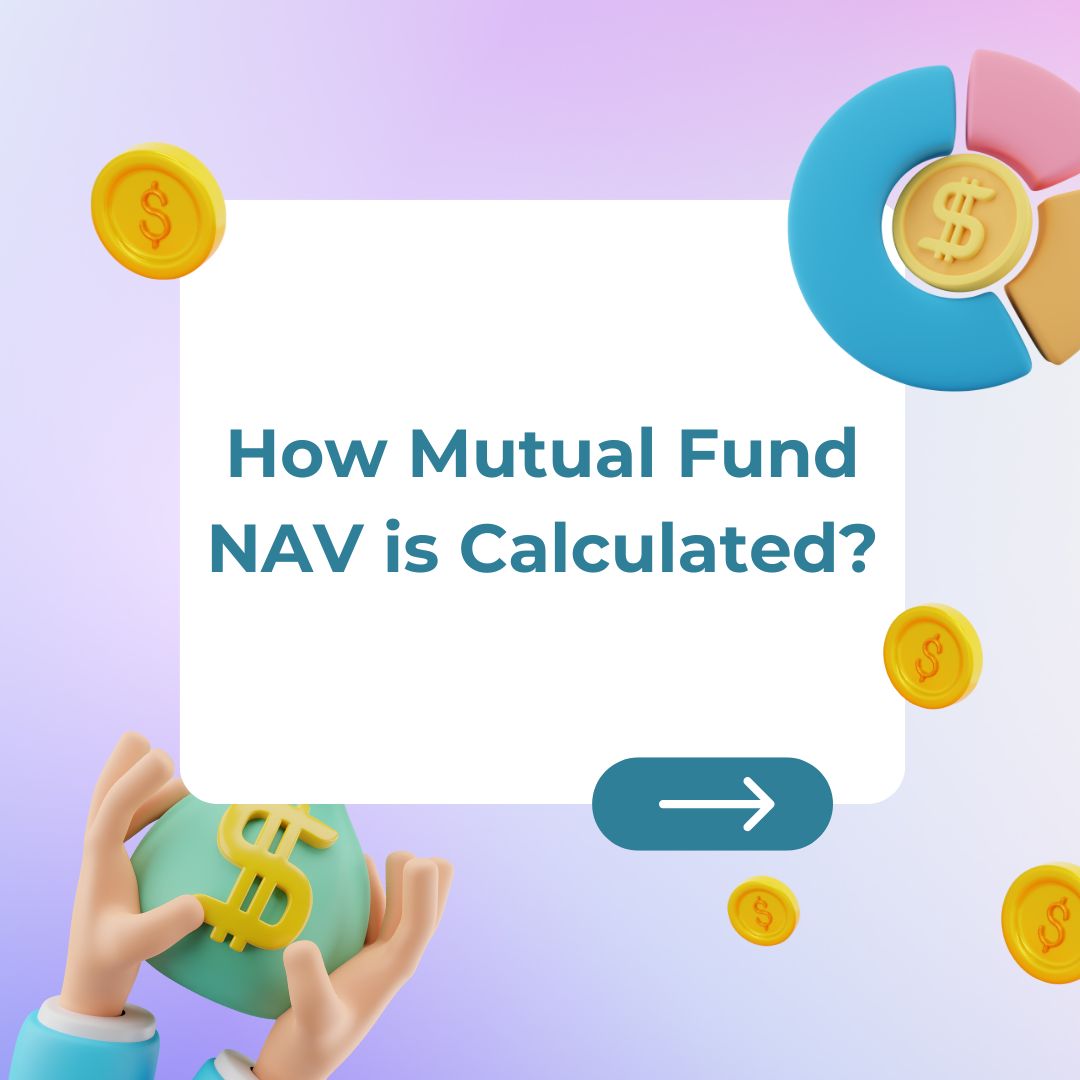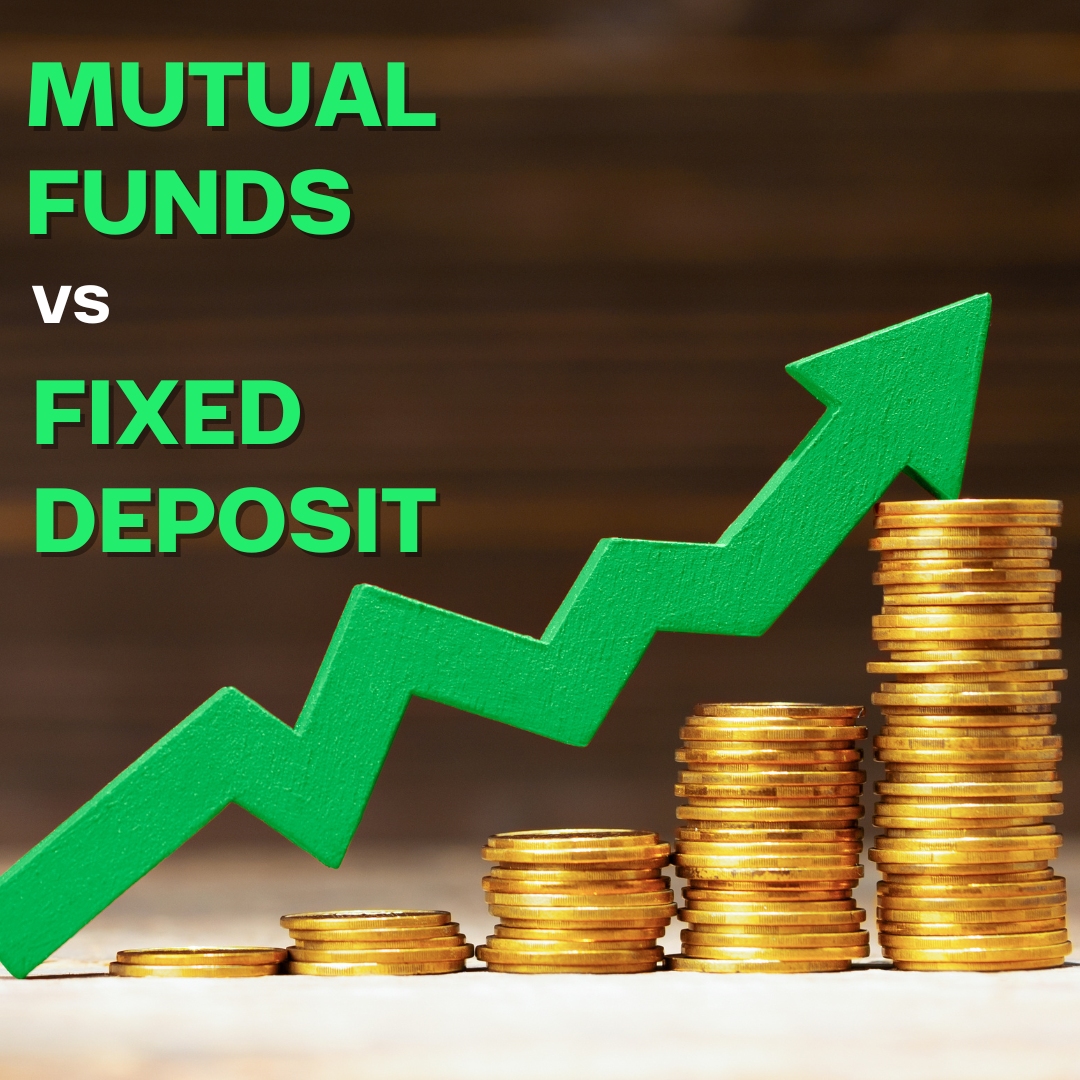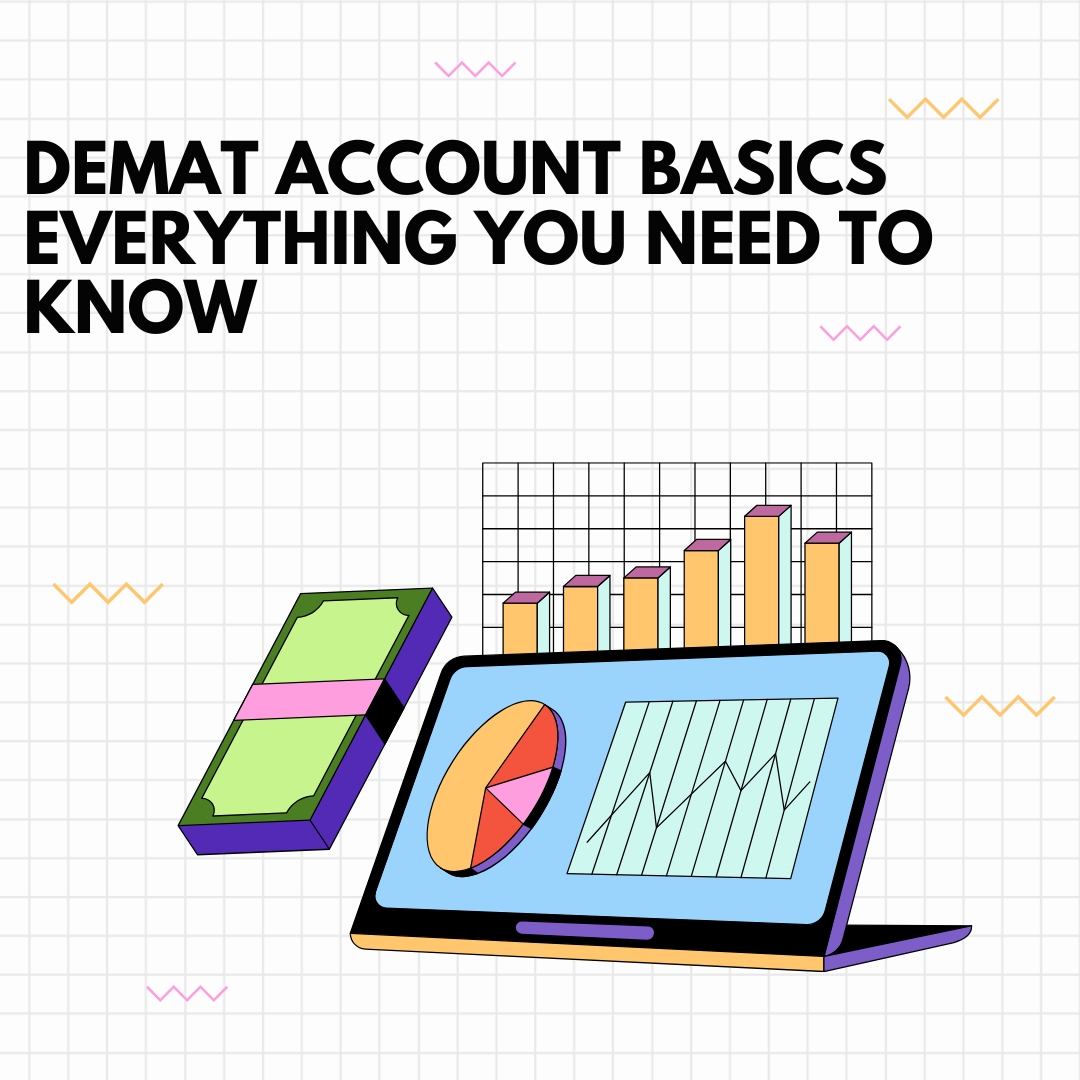Wealth Conversations: Insights into Equity, Debt, and Gold Investments

In today’s ever-evolving financial landscape, making informed investment choices is crucial. Whether you're a seasoned investor or just starting, understanding the differences between equity, debt, and gold investments is vital for building long-term wealth. In this blog, we’ll dive deep into each asset class, exploring their risk-reward profiles, tax implications, and suitability for various investor types.
What is Equity Investment?
Equity investments involve buying shares of a company, which makes you a part-owner. These are typically done through the stock market or mutual funds.
Key Features of Equity Investment
- Key Features of Equity Investment:
- Market-linked volatility
- Best suited for long-term goals like retirement or wealth creation
Pros
- Capital appreciation
- Dividend income
- Liquidity
Cons
- High risk due to market fluctuations
- Requires market knowledge and patience
Investors seeking higher returns and willing to tolerate short-term volatility often prefer equity as a core investment option.
What is Debt Investment?
Debt investments are fixed-income instruments like bonds, fixed deposits, PPF, and debt mutual funds. You essentially lend money to an institution in return for periodic interest payments and principal repayment at maturity.
Key Features of Debt Investment
- Stable and predictable returns
- Lower risk than equity
- Ideal for short-to-medium-term goals
Pros
- Low risk
- Capital protection
- Steady income
Cons
- Lower returns than equity
- Affected by interest rate fluctuations
Debt is ideal for conservative investors and those who want portfolio diversification with reduced volatility.
Why Consider Gold Investments?
Gold investments have stood the test of time. Whether in the form of physical gold, Sovereign Gold Bonds (SGBs), gold ETFs, or digital gold, this asset class is often seen as a hedge against inflation and currency devaluation.
Key Features of Gold Investment
- Acts as a safe haven in uncertain times
- Offers diversification
- Globally accepted form of value
Pros
- Inflation hedge
- Crisis-resistant
- Multiple investment options (physical, digital, ETFs)
Cons
- No regular income like dividends or interest
- Storage and security issues (for physical gold)
Gold is ideal for those looking for portfolio stability and protection against market uncertainties.
Comparing Equity, Debt, and Gold Investments
Each asset class, equity, debt, and gold, has a unique profile and is suitable for different kinds of investors. Here's a simple breakdown to help you understand:
- Equity is ideal for investors with a high risk appetite who are focused on long-term wealth creation. While returns can be high, the market can be volatile.
- Debt is best suited for risk-averse investors looking for stable and fixed returns. It's a good option for short to medium-term financial goals.
- Gold works well as a hedge against inflation and brings stability to a portfolio, especially during uncertain economic times.
In terms of risk
- Equity carries high risk and high reward potential
- Debt carries low to moderate risk with predictable returns
- Gold carries moderate risk and acts as a defensive asset
Regarding Liquidity
- Equity and gold generally offer high liquidity
- Debt instruments may have varying liquidity, depending on the type (e.g., PPF vs mutual funds)
On Taxes
- Equity is subject to capital gains tax (short-term or long-term)
- Debt returns may be taxed depending on the product
- Gold attracts capital gains tax, with indexation benefits on long-term holdings (SGBs are exempt if held to maturity)
How to Allocate Between Equity, Debt, and Gold?
A balanced portfolio includes a mix of equity, debt, and gold investments, based on your:
- Financial goals
- Risk appetite
- Investment horizon
Sample Allocation Strategy
- Young investor (age 25–35): 60% Equity, 30% Debt, 10% Gold
- Mid-age investor (35–50): 50% Equity, 40% Debt, 10% Gold
- Near-retirement (50+): 30% Equity, 60% Debt, 10% Gold
Using the asset allocation approach helps in optimizing returns while minimizing risks.
Final Thoughts
When it comes to wealth creation, there’s no one-size-fits-all. A strategic mix of equity, debt, and gold investments tailored to your personal goals can help you achieve financial freedom and portfolio resilience. Always reassess your portfolio annually and consult a financial advisor before making major investment decisions.
Start your journey today with informed decisions and grow your wealth with confidence.










